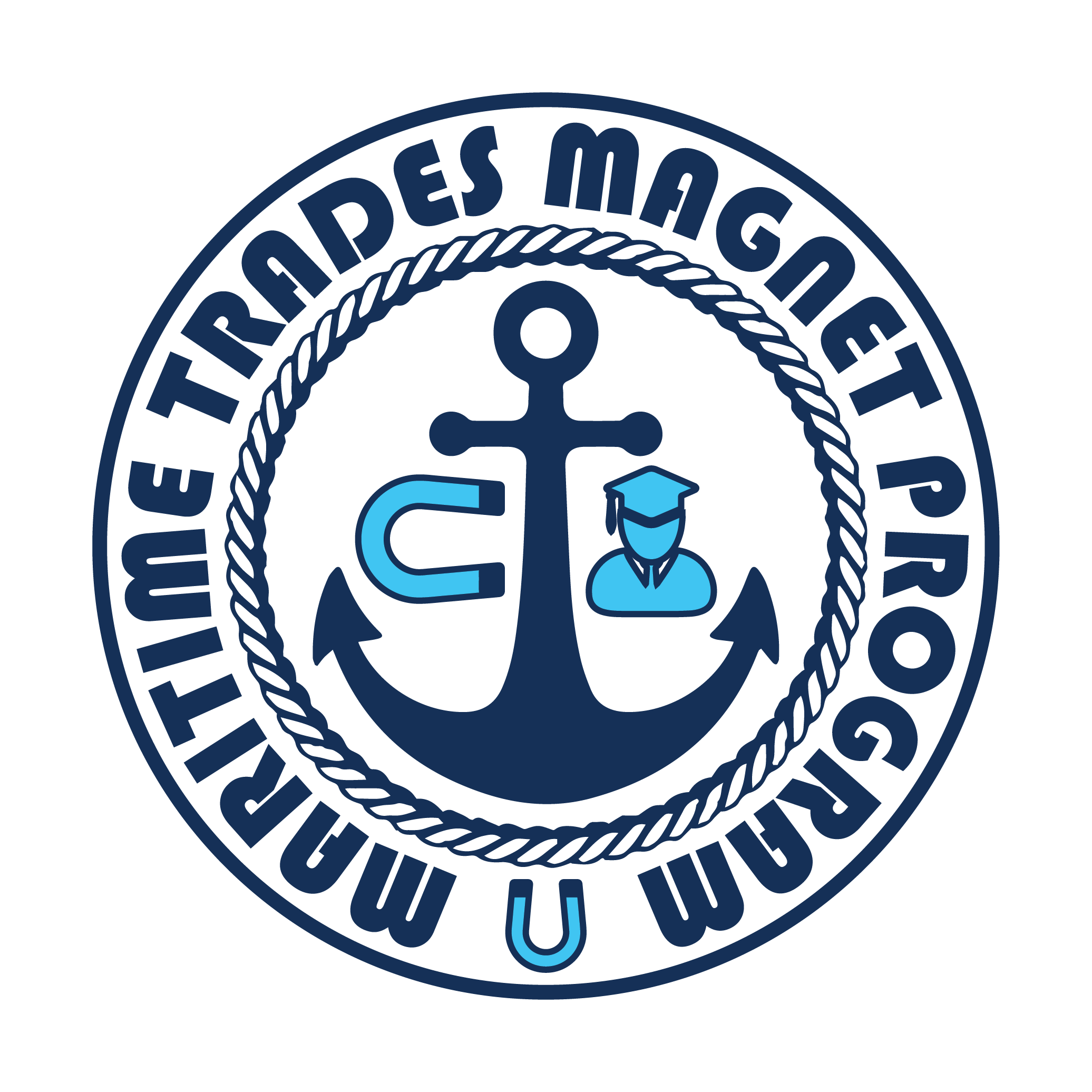Engineering Design Process Connections
Why use it in Robotics?
Clear Problem Definition
The engineering design process helps in clearly defining the problem that the robot is intended to solve. It involves identifying the goals, requirements, and constraints of the robotic system. This ensures that the design process is focused and aligns with the desired outcomes.
Iterative Design
Robotics often involves complex systems with numerous interacting components. The design process allows engineers to break down the problem into manageable parts and iterate through the design to refine and improve it over time. Iterative design enables engineers to test and validate their ideas, identify potential issues or limitations, and make necessary adjustments before finalizing the design.
Optimal Solutions
The engineering design process encourages engineers to explore multiple design alternatives and evaluate their pros and cons. It involves brainstorming, conceptualizing, and prototyping different ideas to find the most optimal solution for the given problem. By considering various design options, engineers can select the approach that best meets the requirements of the robotics project, taking into account factors such as functionality, cost, performance, and manufacturability.
Integration of Interdisciplinary Knowledge
Robotics is an interdisciplinary field that combines principles from mechanical engineering, electrical engineering, computer science, and other domains. The engineering design process facilitates collaboration between experts from different disciplines. It helps in integrating their knowledge and expertise, ensuring that all aspects of the robot’s design and functionality are considered.
Risk Management
Robotics projects often involve inherent risks, such as technical challenges, safety concerns, or budget constraints. The engineering design process includes risk assessment and mitigation strategies. Engineers can identify potential risks early in the design phase, analyze their potential impact, and develop contingency plans to manage and reduce those risks.
Documentation and Communication
The engineering design process emphasizes the importance of documentation and communication throughout the design lifecycle. It ensures that the design decisions, technical specifications, and project progress are well-documented and effectively communicated to stakeholders, including team members, clients, and end-users. This helps in maintaining clarity, transparency, and accountability throughout the robotics project.
Overall, the engineering design process provides a structured and systematic framework for developing robotics systems. It promotes efficiency, effectiveness, and innovation, leading to the creation of reliable, functional, and optimized robotic solutions.

